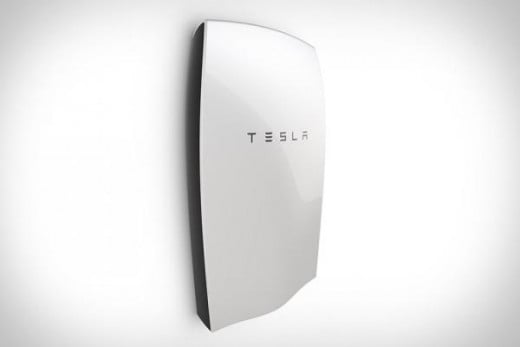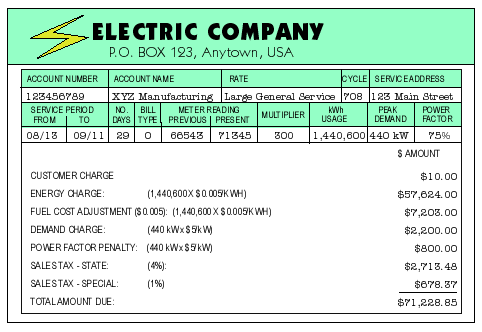False Hero: Elon Musk and his Lies Concerning the Powerwall

The Promise of the Powerwall
On April 30 of 2015, Elon Musk, the owner of Tesla, became my hero. It was on this day that he unveiled the Powerwall, a sleek battery that stores solar energy. This battery was said to be only $3,500 and Musk promised that this single battery would power an entire home and eradicate power bills. The Powerwall seemed revolutionary for renewable energy. Nonetheless, good things can never be true.

Lie 1: The Actual Cost of Obtaining a Powerwall
In the announcement of the Powerwall, Elon Musk proudly proclaimed that the Powerwall would be $3,500. Unbeknownst to the audience, Musk intentionally hid a variety of underlying fees. Firstly, the Powerwall needs an inverter to function. The inverter comes at an extra cost of about $3,000. Secondly, the installation price is around $3,000, which is absolutely insane for the simple mounting of the battery on the wall. So, when it comes down to it, the actual price to acquire a functioning Powerwall is about $10,000; quite a large margin of error on Musk's part.
Lie 2: The insufficiency of the Powerwall
In 2013, the average energy spent daily per home was 30 kWh. However, the Powerwall only can store up to 10 kWh, and it only stores energy once a week. Instead of providing energy for the home, the Powerwall is pretty much an emergency energy system used at night or during blackouts. There is an alternative though. Another Powerwall is sold at $3,000 for a daily level of 7kWh. Additionally, the average solar panel that comes with the Powerwall, for a daily fee, can generate around 20 kWh per day. As a result, less than 2/3 of the energy that powers an average home is supplied by the Powerwall package.
If an average person wanted to supply his or her whole home with solar energy day and night, then it would be necessary to buy 2 Powerwalls, 2 inverters, and an extra solar panel that can generate about 10 kWh. An extra Powerwall is needed because energy usage varies widely depending on the time of year. If you do the math, then you realize that it is around $21,000 just to have the whole system. This is outrageous compared to the previously quoted $3,500 to power the home.

Lie 3: No More Power Bills
Tesla's Powerwall comes with one extra sneaky fee: a power bill. This power bill is $0.15 per kWh, which generally means $4.5 a day to pay 2/3rd of your power. With the daily fee of $4.5 and the extreme costs to install a functioning battery, this Powerwall has serious problems. Despite the steep pricing, you have to pay an extra 2.90% per year for the costs. Overall, the Powerwall is not worth it.
Even though the Powerwall is a hoax, it was rapidly sold out and the production for the products ordered will likely take until mid 2016. Elon Musk promised to these people a simple $3,500 rate for complete power for their homes forever. But, just the cost of providing complete energy for an average home using the Powerwall for ten years would be about $40,000. I'm sure glad I didn't buy a Powerwall.
Would you still consider buying a Powerwall in the future?
Sources
- Interested in Tesla’s Powerwall battery for your home? Here’s what it takes to install | Fox News
Tesla launched its home battery system in a blaze of publicity last month, attempting to change U.S. power usage. But what about the actual nuts and bolts of installing the Powerwall system? - What do you really get for a $7,000 Tesla Powerwall home battery?
A deeper look at the costs and benefits of Tesla home energy storage unit, the Powerwall. - How much electricity does an American home use? - FAQ - U.S. Energy Information Administration (EIA)
Energy Information Administration - EIA - Official Energy Statistics from the U.S. Government - Solarcity
The seller contract for the solar panel system.








